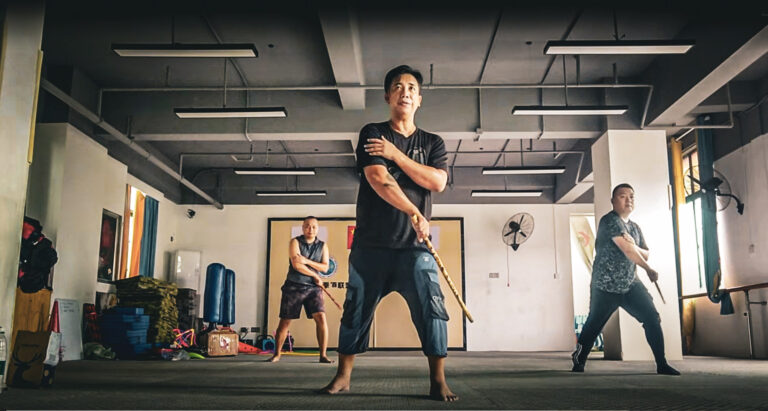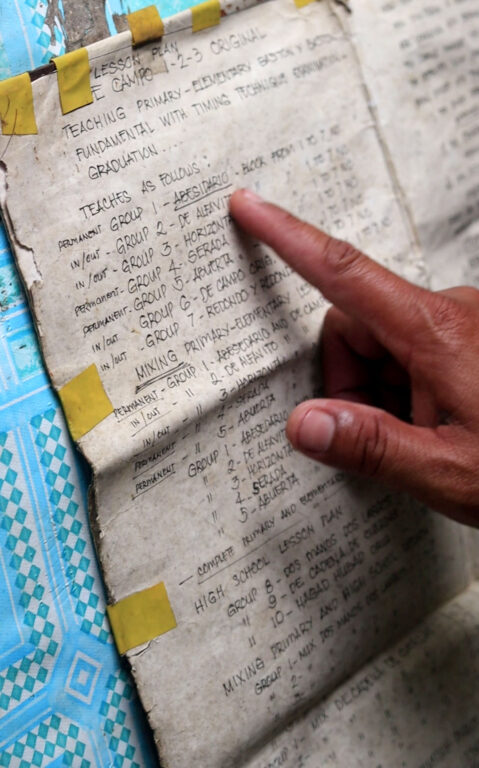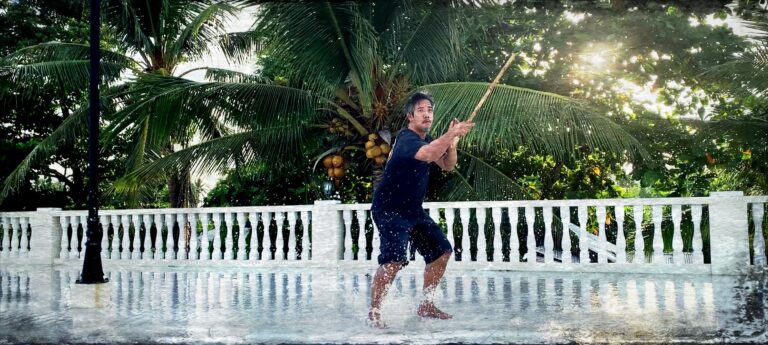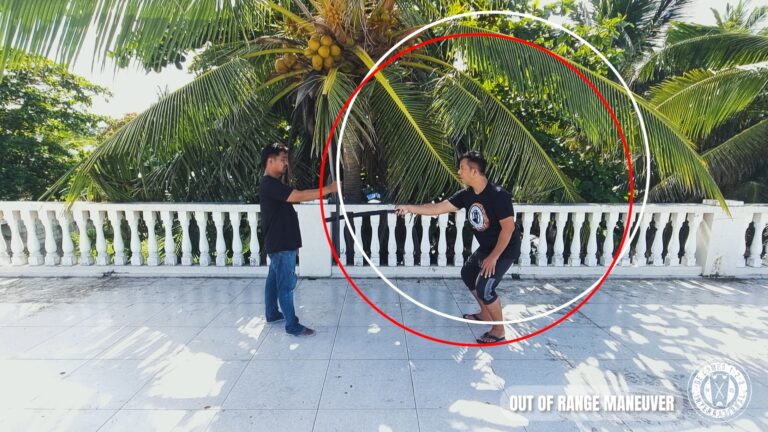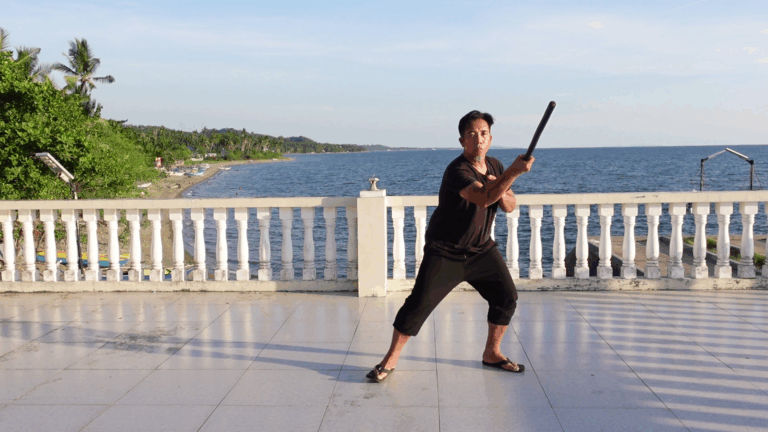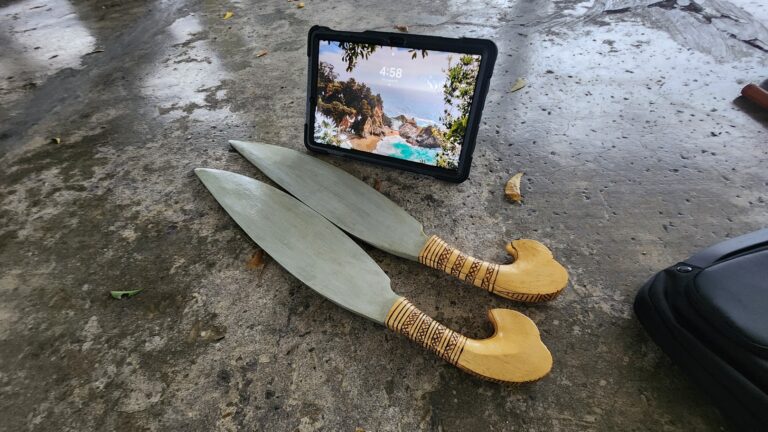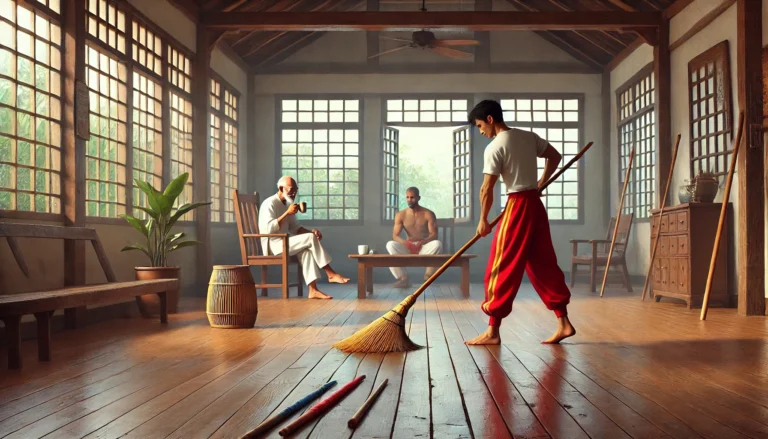Arnis, also known as Kali or Eskrima, is a traditional Filipino martial art (FMA) that has been passed down through generations for centuries. The proper term as far as we are concerned is Eskrima which is commonly used in Cebu. In Negros, it is more known as Baston. In general, we just call it FMA. The art is known for its emphasis on weapon-based combat, particularly the use of sticks, knives, and swords.
The origins of Arnis can be traced back to the pre-colonial Philippines, where indigenous tribes used weapons such as bamboo sticks and spears for hunting and warfare. However, as we dive deeper into the history of Arnis, it becomes clear that this narrative is incomplete and oversimplified.
The origins of Arnis are not solely rooted in the Philippines, but rather a result of trade and cultural exchange with other Southeast Asian countries. As early as the 10th century, the Philippines had established trade relations with China, India, and other neighboring countries. This led to the introduction of these martial arts from other places, which in some way were later incorporated into FMA but also for the most part noone can clearly trace back the specific origins.
The arrival of the Spanish in the Philippines in the 16th century probably played the most significant role in the development of Eskrima. The Spanish brought their own fencing techniques, which were then adapted and incorporated into Eskrima by the indigenous people. The use of the espada y daga (sword and dagger) technique is a prime example of this fusion of Spanish and indigenous fighting styles.
The arrival of the Americans in 1898 also had an impact on the development of FMA. American soldiers stationed in the Philippines would train in FMA and bring it back to the United States. But we think that what really lead to its spread and popularity in the West are still Filipinos who made it abroad and started teaching what they learned here in the Philippines which then continued to shape and evolve the art.
In recent history, with the rise of globalization, the Filipino Martial Arts has undergone further fusion and hybridization. Contemporary FMA styles incorporate elements from various martial arts from other countries. This further challenges the dominant narrative that Eskrima is solely a product of indigenous Philippine culture.
The origins of Eskrima are much more complex than the dominant narrative suggests. Rather than a solely indigenous art, Eskrima is a product of trade, cultural exchange, colonization, and globalization. It is a melting pot of various influences and techniques, which is what makes it such a unique and dynamic martial art. This understanding of its origins encourages us to appreciate and acknowledge the contributions of different cultures and to continue to evolve and improve the art.
What is Juego Todo?
Juego Todo, which translates to “all-around play” in Spanish, is a term used during the 30’s and maybe up to the 60’s when stick fighters would duel during an event in their place usually fiestas. The term is used to denote a fight with sticks without so much restrictions or rules. It’s either you give up or you get beaten until you can’t fight anymore. During these events, fighters can get serious injuries and could even die.
These Juego Todo matches were technically illegal as mandated by the constitution of the Philippines but the folks back then still do it like its a tradition every year. In the Philippines, every place have their patron saints and they are celebrated every year through an event called fiesta. During these fiestas, which can happen simultaneously in two different neighboring places, Juego Todo matches would be held and eskrimadors (stick fighters) would sign up and later be matched with another figher during the celebration of their town’s patron saints.
Does Juego Todo mean Death Match?
Juego Todo is not a fight to the death. Yes, any participant can die during the match but fighters are not fighting to kill their opponents. The Juego Todo matches can be compared to boxing which are now also held in many town fiestas in the Philippines.
Juego Todo as an inspiration for De Campo 123
At a young age, Jose Caballero was already enamored of watching juego todo matches during town fiesta celebrations, wherein he observed the tactics used by a wide variety of eskrimadors. These matches were all-out stick fights with no armor.
Grandmaster Caballero strove to develop a style with superior techniques that would not easily be countered by other practitioners. When he turned 18 in 1925, he formally named his style as “De Campo 123 Original” and proceeded to become the undefeated Juego Todo champion of his era. He would mostly target the weapon hand from “largo” (long range) and win the fight in just a few seconds after it started.
Caballero’s fame spread far and wide; soon enough, eskrimadors avoided Juego Todo events whenever he registered his name on the combatants list. Later on, as a family man who needed to sustain twelve children, he participated in Juego Todo matches in other parts of the Philippines, feeding the family with the prize money he collected. He also conducted private eskrima lessons to students interested in learning De Campo. His sons, particularly Manuel “Mawe”, Savaldor “Badur”, and Rolando “Lando” Caballero followed in their father’s footsteps. Jose Caballero’s eldest son was the first to master De Campo but unfortunately died in an encounter with convicts he chased working as a police officer.
In conclusion, De Campo is a unique and dynamic style within the FMA. It emphasizes fluidity, versatility, and effectiveness in real-world situations as used by the founder himself in Juego Todo matches. The style has been the same over the years but continues to adapt in modern times, making it a valuable and effecient martial art for anyone looking to learn eskrima and improve their overall physical fitness.
It is important to note that De Campo training should always be done under the guidance of a qualified instructor, and safety measures should always be in place.
